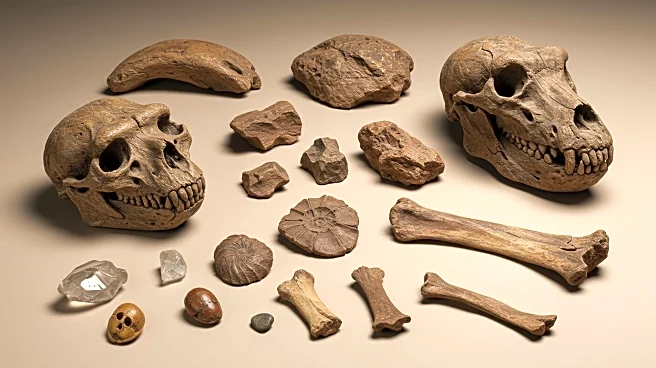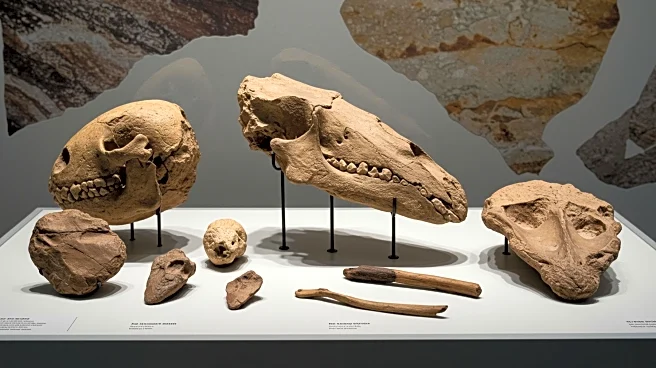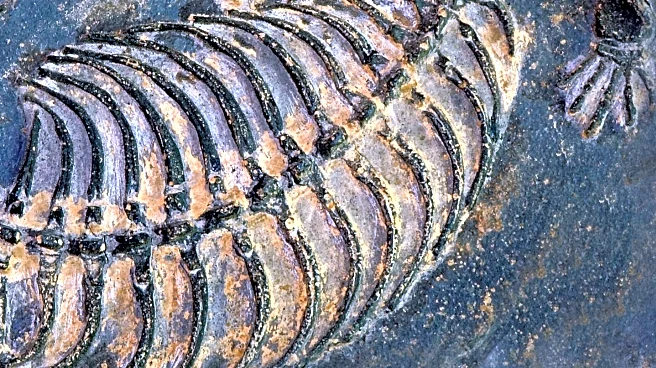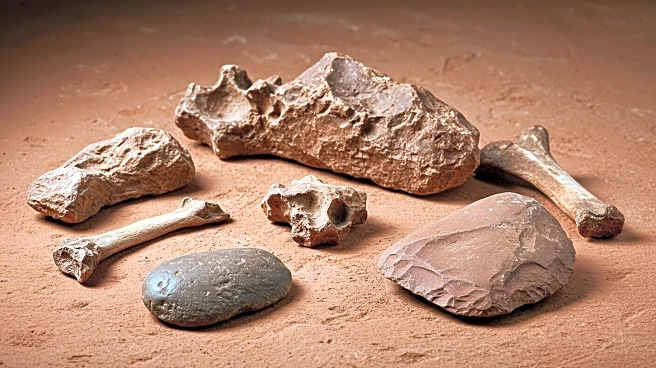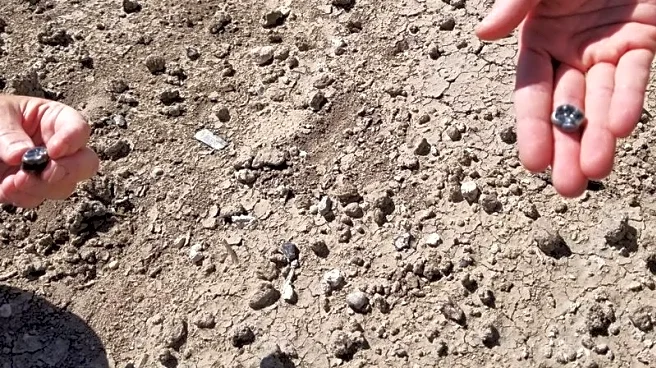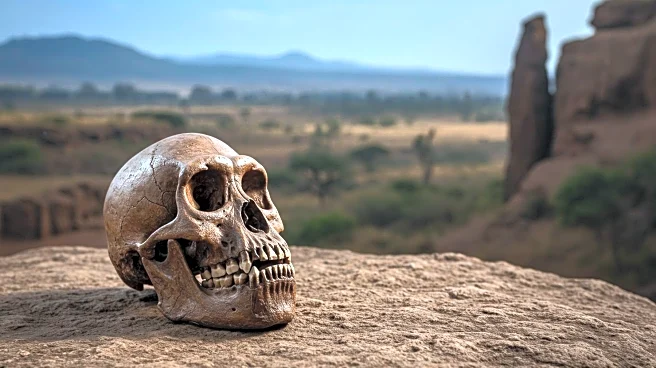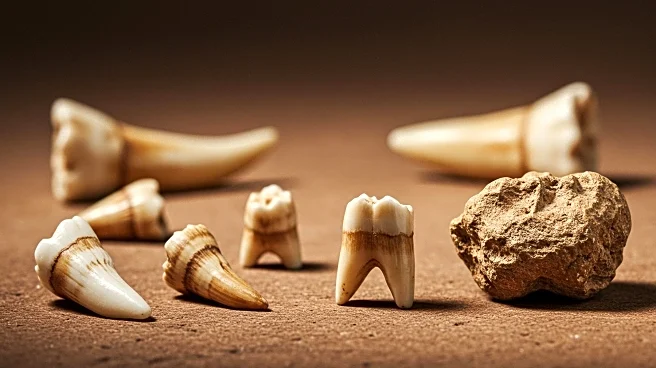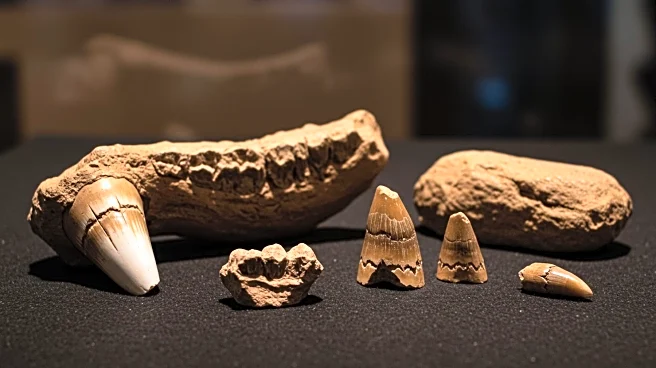What's Happening?
Scientists in Ethiopia have discovered 2.65 million-year-old fossilized teeth belonging to a new Homo species, potentially altering current understandings of human evolution. The discovery includes 10 teeth from a new Australopithecus species and additional teeth linked to an older Homo species. The findings suggest multiple hominin species coexisted in East Africa, challenging the notion of a single evolutionary lineage. Brian Villmoare, a paleoanthropologist from the University of Nevada, Las Vegas, emphasizes the complexity of human evolution, likening it to other organisms with multiple branching species.
Why It's Important?
This discovery provides crucial insights into a previously unclear period of human evolution, suggesting that multiple hominin species may have coexisted and competed for resources. It challenges the linear model of human evolution, indicating a more complex evolutionary process with multiple species existing simultaneously. This could lead to a reevaluation of the evolutionary timeline and the interactions between different hominin species, offering a deeper understanding of the origins of modern humans.
What's Next?
Researchers plan to analyze the fossils further to determine if the newly discovered species shared similar diets or had interactions with other hominin species. This could provide additional insights into the ecological dynamics and survival strategies of early human ancestors.
Beyond the Headlines
The discovery highlights the importance of fossil evidence in understanding human evolution and the need for continued exploration in regions like East Africa. It underscores the complexity of evolutionary processes and the potential for new findings to reshape scientific narratives.


